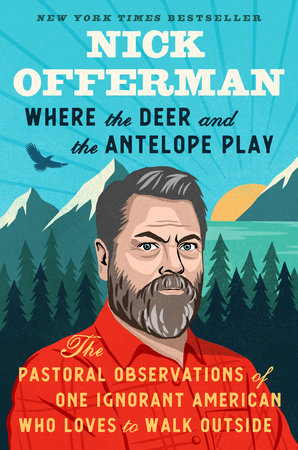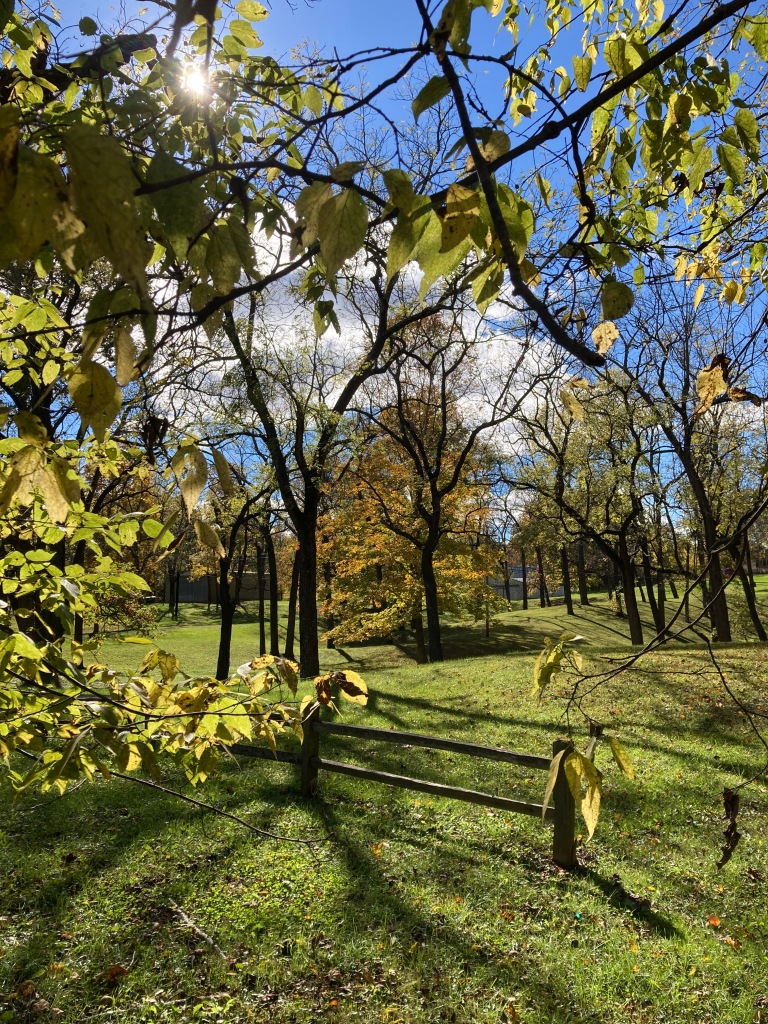
The first few months of this year have felt like a sojourn on an ocean liner in a cheap cabin below the waves. I don’t even know whether such cabins exist, without at least a porthole for a view. But there have been a lot of storms, and I’ve spent too many hours with my head in my hands, trying to escape from pain, all the while feeling as though my ship is moving slowly and reminding myself that in this case, slow progress has its blessings.
At the start of the year I applied to participate in a clinical trial of a truly promising new drug designed to treat the metabolic behavior of cells with a mutation known as m-tap loss, which appears to be the mutation driving my cancer. I don’t pretend to understand this; it has something to do with methylation and making cells behave as cancer – in effect, it turns them cancerous.
After several weeks of waiting for hospital and pharmaceutical company paperwork to be finalized, then jumping through some medical testing hoops – a day at the hospital having blood and other bodily fluids drawn, a brain MRI, a heart echocardiogram – I began the trial on Feb. 15. My part was relatively easy: take two tiny tablets per day and go up to the hospital on the north side of Indianapolis a few times the first week, then once a week for a month. Sadly, the scans after the first six or so weeks showed that instead of shrinking, or at least stabilizing, the pancreas tumor had grown to 2” in diameter. Sobering. Along with other trial participants whose tumors had grown during the trial, I was not allowed to continue. (Please don’t comment about the legality or any other aspect of this. I don’t have the energy for it.)
With no further trials on the horizon that look the least bit promising – at least, from a patient’s perspective; hospitals and drug companies always need participants for trials, but I’m fortunate to have an oncologist in Dr. Bert O’Neil who is honest with me – Mark and I began taking in the reality of things more keenly than we had really felt the need to until then.
This April I had 13 radiation treatments for pain from the pancreas tumor, which had increased to the point that I could focus on scarcely anything else. That treatment caused its own pain, with nausea, vomiting (despite anti-nausea meds), and night sweats for bonus fun. After #13, I was done; any benefit that might come from the final two recommended treatments paled in comparison with the urgency of simply ending the misery. (For what it’s worth, my radiation oncologist had told me that many patients’ insurance policies won’t cover more than ten sessions. So having had 13, I figured I was well enough set that I could factor my then-misery into the decision.)

I have cried more tears over the past month than I had in the preceding three decades. It’s still precious few tears, but I’ll take what I can get. Ever since my diagnosis, the thought of leaving Mark, my sister, Joey, my parents, our home, and my garden has been heartbreaking. I’m at the peak of my work, in terms of shop opportunities and writing. There is so much more I would love to do – I have a list of commissions that people have been incredibly patient about, and spec pieces I would be thrilled to build; I have articles and books I would love to write. I want to keep seeing my garden grow, especially now that our friend Amy Dyken is taking care of weeding and pruning, which makes the garden’s beauty seem even more magical.
But pain is a powerful shaper of perspective. I’m no hypochondriac. Had I been a hypochondriac, there’s a chance that my cancer might have been caught early enough for therapeutic, rather than only palliative, treatment. For that matter, you don’t need to be a “hypochondriac” to get there; all you need is to value and respect who you are, and don’t let your doctor tell you there’s nothing that seems to be amiss so you should “put your mind at rest.” No. If something’s causing you pain, don’t stop trying to figure out the cause until you get to the bottom of it.
I would put the pain I’ve experienced for way too much of 2022 at 8 on the pain scale. The utter wretchedness of the pain and nausea from radiation has made it easy, even delicious, to move from heartbreak over the prospect of leaving so much I love behind to simply basking in pain’s absence, now that my doctors and I have hit on an effective medication regimen and the palliative effects of the radiation have started to kick in. I have too many friends to thank publicly for encouraging me to be more assertive about my need for pain management, but if you’re one of them reading this now, know that I am silently singing your praises.

There was no reason to rush, no point in pushing myself to fathom this shift in perspective. From the moment Mark and I left the doctor’s office after hearing that I would not be allowed to stay in the clinical trial, I decided to give myself as long as it took to absorb the new reality. And it was a new reality, at least existentially, for me. I went through too many weeks of crippling pain in the interest of giving the clinical trial a chance to have allowed myself the perverse luxury of imagining the trial would fail, at least in terms of helping me. Instead, I felt convinced that the trial drug was going to help, especially considering the beautiful chain of serendipitous contacts that had brought the trial to my attention before it was even posted at clinicaltrials.gov; at this point in life, I’m happiest when I acknowledge the potential for something to be a good omen.
I hope the trial will show that there is an effective therapeutic dose of AMG193 in human patients, as there has been in lab animals. Do I wish that I could benefit from it, should that come to pass? Hell yes, especially after how much Mark and I threw into the project, from the many hours we spent driving to and from the north side of Indianapolis and the days we spent in room 209 at the Community Health North Cancer Center[1] to the pain and discomfort of the many tests the trial required, and most of all, the pain I endured as a willing sacrifice to the hoped-for success of the trial, all the while seeing hospice as a serious alternative that happened to be incompatible, for obvious reasons, with participation in a clinical trial. To be let go from the trial has been hugely disappointing.
But this is what we have in front of us. So we shifted our perspective. The top priority was to rest and regain my strength so that I would be able to view my situation clearly, and feel empowered. So, for one of too few times in my life over the past 20 years or so, I allowed myself the feelings, and especially the sadness, instead of telling myself I had no time for them, couldn’t afford them due to pressures from work or other commitments such as visiting family (at least, before Covid hit); didn’t need to burden myself with “negative emotions” (yes, I’m confessing to a lot here); etc.
I spent far too many years allowing depression to drag my spirits down in my youth, before I was aware that something called therapy even existed, and certainly before the invention of drugs that, at minimal doses, have turned out to lift me just enough to see the blue sky above the clouds. I’ve done my time. Now I want to have fun. I’m going to enjoy life. And there is no reason whatsoever why, with effective pain management, this experience, in full recognition that only a miracle would save my life at this point, can not be fun.
It’s all about perspective. After two weeks shy of a year-and-a-half since my diagnosis, I’ve tried a whole festival of alternative and complementary healing methods/traditions/whatever. I’m tired. By no means too tired to live. Just too tired to spend as much time as I have watching the “all pain is worth it, in the circumstances” channel and change to the “no, Nancy, this is what I mean about truly savoring each moment of every day, and part of that is enjoying it without pain.” My life has been full of blessings and challenges. Many of the challenges have at times felt insurmountable, only to prove rewarding. You bet, I’m creative enough to change this channel.

[1] The great compensation for spending those hours in a hospital for a trial that wouldn’t end up helping me, personally, was talking and laughing with the research nurses, Cindy Stoner and Donna Sullivan. It was almost worth driving up there every time just for the opportunity to hang out with them.








